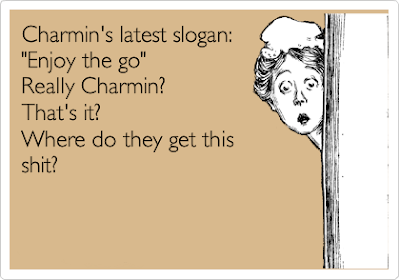This is the boy that talks and talks (and talks).
At first you think you're dealing with a high school kid, like in that movie, what was it called, Catch Me If You Can. He's sort of cute and unshaven, yet not unkempt, so he appeals to a wide spectrum of people. He comes across well.
It's just possible that somebody has to make us care.
But heroes have flaws. This guy, I swear to you - and this is purely intuitive - there's something wrong here, something "off", or at very least something so highly orchestrated that it bothers me. It takes a lot of work to appear so sincere, so articulate, so relatively casual. Not a trace of ranting or raving. But I think the truth is that he craves and even requires this sort of global attention to survive.
There is no way in the world Snowden could have done this phenomenal whistle-blowing all by himself: he would need a global network of assistants, accomplices, whatever. So why is he speaking as if he alone knew how to access a buried trove of forbidden information, taking a life-threatening risk in bringing it all to light?
Isn't he playing into the American ideal of the solitary hero, the lone cowboy who doesn't need anybody's help because needing help is WEAK?
Is he on "our side" or not? What exactly IS "our side", and why are so many right-wing pundits pounding their pulpits and denouncing him as some sort of devil-worshipping-pro-gun-control nut case?
What is it about him, besides the odd-sounding British name and the feeling he has dive-bombed down from out of nowhere? It's the eyes. They shift and shift. Is he just nervous? Why does the calm correct voice not match the face?
This is why I posted the gif, to illustrate the discrepancy. What can it mean?
My sense is that it will all come out over the next few weeks or months, and the truth will be layered and convoluted. Lots of people think he will be killed, but the truth is he wants us to think that. And when it comes to the movie deal, he can write his own cheque. Mission accomplished?
Oh, and. . . don't they say you can judge a man by the company he keeps?








































